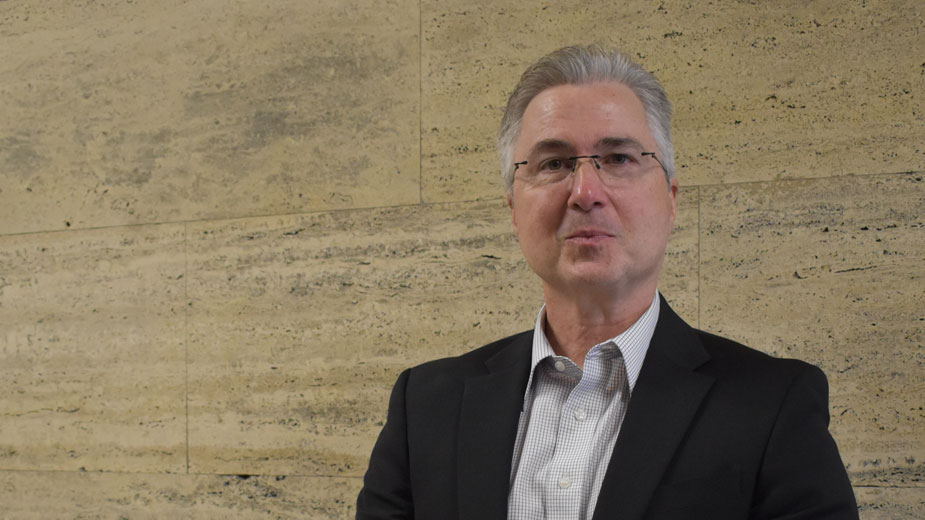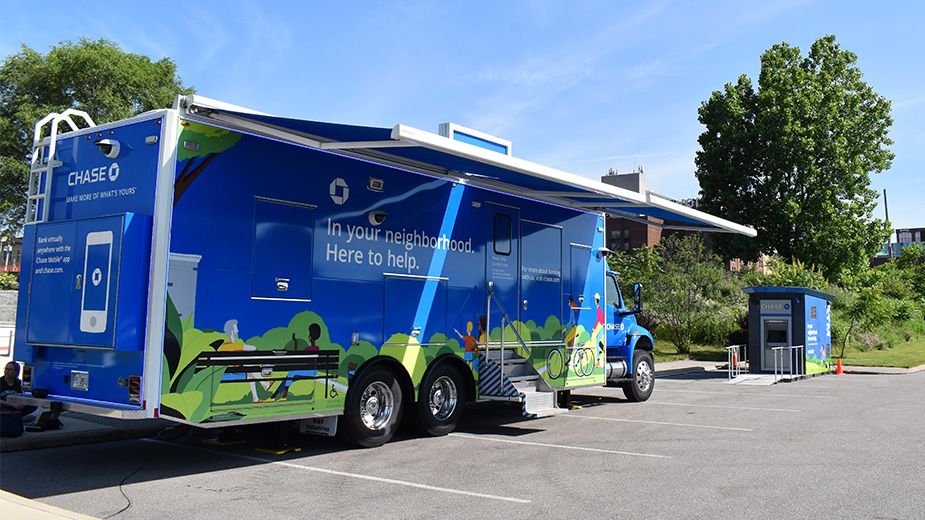Cleveland Fed Seeks Closer Ties to Valley
YOUNGSTOWN, Ohio – An initiative recently launched by the Federal Reserve Bank of Cleveland is intended to promote better communication with the markets it serves, including the Mahoning Valley.
The effort kicked off Nov. 5 with a “Conversation with the Federal Reserve Bank of Cleveland” event hosted by the Youngstown/Warren Regional Chamber. It brought representatives of various local business sectors together with Rick Kaglic, vice president and senior regional officer of the Cincinnati Branch of the Cleveland Fed.
Representatives of the Cleveland Fed are crossing Federal Reserve Bank District 4, which encompasses Ohio, the western third of Pennsylvania, the eastern half of Kentucky and the West Virginia panhandle.
The purpose of the conversations is to have “an ongoing conversation with the business community in Youngstown,” says Kaglic, an Austintown native. The role that The Fed plays in monetary policy is setting interest rates as well as other roles in the financial services system, but an aspect many people don’t recognize is its work in community development.
The Fed compiles significant economic data and can identify economic trends. Talking to local business people who are making decisions about personnel, when and how they plan to deploy capital, what they’re seeing in terms of input, output and pricing helps to round out the picture of what is taking place in the economy, Kaglic explains.
“We can help people make more informed business decisions because we can share with them well researched, thoughtful, unbiased information,” he says. “In turn, we think that we benefit greatly by hearing from business leaders, which helps us make more informed policy decisions.”
Attending the meeting with Kaglic were representatives from a mix of industries, reports Sarah Boyarko, chamber chief operating officer. The industries included real estate, logistics, warehousing and distribution, health care, financial services and the construction-supply chain.
“It was more of an opportunity to get some leaders from different segments and get a feel for where [the economy] is going and what potential there is for opportunities to grow,” adds Paul Hammond, general manager for Anderson-Dubose, Lordstown.
“Each of the individuals had an opportunity to share their specific experience around the industry that they are a part of and what they might be seeing,” Boyarko says.
In many cases, they reported they were experiencing a “plentiful pipeline of future opportunities,” or either flat or slight growth. One common theme among the participants was the importance of an available workforce.
During the meeting, Fed representatives presented an overview of the national economy. Ohio is a “mature economy” and isn’t generating jobs on the scale of states such as North Carolina, but Ohio is “holding its own,” with some parts of the state doing better than others, Kaglic says.
“The unemployment rate is down considerably from where it was in the Great Recession,” he says.
Businesses mainly said the local economy is “stable but not growing very rapidly,” Kaglic says. Some of the representatives alluded – as would be expected – to the closing of the General Motors Lordstown Complex and its “adverse impact” on demand for their goods and services.
At the same time, he also heard from businesses that need to hire to help them meet demand but are unable to find qualified workers.
Among the challenges in filling those jobs are identifying people with the right skills in the right place, as well as people completing training at local institutions, then taking those skills out of town.
The biggest challenge facing the Mahoning Valley economy is its graying demographics, Kaglic observes – the population isn’t growing and people who remain here are growing older.
“It’s difficult to create jobs unless you have people to fill those open positions,” Kaglic says. “The primary challenge is finding workers with the right set of skills for the jobs that you want to develop.”
Mostly what The Fed can bring to bear is expertise. Its staff includes economists, community- development professionals and others who work with communities and can facilitate discussions and conduct research to determine the factors that affect economic growth.
“Is it workforce development issues? Is it transportation? Is it a combination of the two? Is it the opioid crisis?” Kaglic asks, citing common issues.
Kaglic stresses the importance of maintaining ongoing communication.
“We want people talking to us on a regular basis. It’s one thing to come into a community once a year and see how things are going. That doesn’t tell us what we need to know,” he says. “We’re trying to establish a fairly sizable and regular set of contributors to the conversations that we want to have over the course of time.”
The conversations will continue with the Cleveland Fed and policymakers hearing from the business, Boyarko affirms. “Going forward, I do see us partnering with them on similar discussions in the months or years to come,” she says.
The meeting was “a good starting point” to hear from different businesses and different economic segments, Anderson-Dubose’s Hammond says.
“This is our Valley. This is what we care about,” he says. “We don’t want to shrink the greatness. We want to grow the greatness.”
Pictured: Rick Kaglic, senior regional officer of the Cincinnati Branch of the Cleveland Fed, says the agency is working to have “an ongoing conversation with the business community in Youngstown.”
Copyright 2024 The Business Journal, Youngstown, Ohio.


